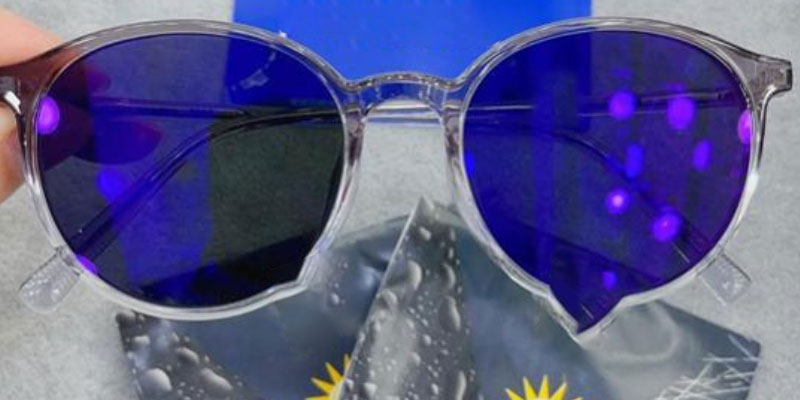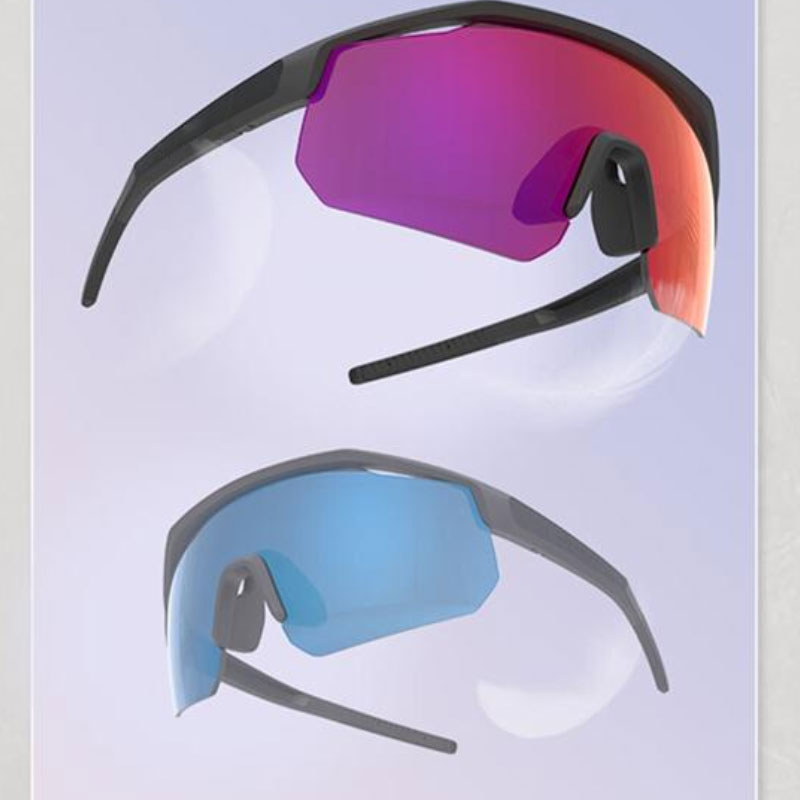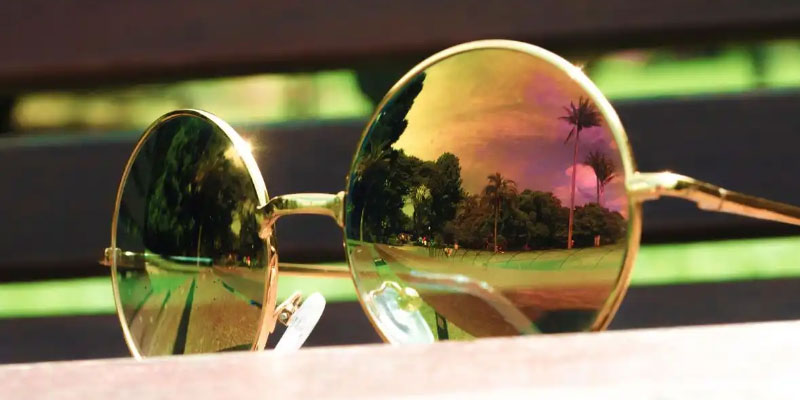
Photochromic Lenses
I recently discovered an awesome type of glasses – photochromic lenses! These glasses really work both indoors and outdoors, especially for those of you who are sensitive to bright lights. Today, let’s talk about how photochromic lenses work, their versatility and how to choose the right ones!
How photochromic lenses work
The core principle of photochromic lenses is the reversible reaction of photochromic interactions. Simply put, the lenses darken rapidly when exposed to light and UV rays to block the glare and absorb the UV rays. This darkening process is reversible, and when removed from the sunlight or UV source, the lenses gradually return to a colourless and transparent state. Photochromic lenses contain silver halide particles, which break down into halide ions and silver ions under the action of UV light, triggering the colour change. This intelligent sensing feature allows the lenses to automatically adjust to ambient light, both protecting the eyes and enhancing the visual experience.

The Versatility of Photochromic Lenses
Photochromic lenses are truly a multi-functional godsend! Not only do they provide the corrective function of regular optical glasses indoors, but they can also be used as sunglasses outdoors to protect against UV rays. Not only that, some photochromic lenses also have an anti-blue light function that filters out harmful blue light and protects your eyes. Photochromic lenses also provide good visual comfort for people who drive or work in dimly lit environments for long periods of time. Some well-known brands of lenses, such as TAG Heuer and Zeiss, also have an indoor lightening feature that maintains good light transmission even in dim environments.
How to choose the right photochromic lenses
The first thing to consider when choosing photochromic lenses is the type. Photochromic lenses are divided into base material discolouration and film discolouration. Substrate discolouration means that the entire lens changes colour when exposed to UV light, whereas film discolouration is a change in the surface layer of the lens. There are advantages and disadvantages to both: substrate discolouration tints and fades faster, but the colour is less uniform; film discolouration is more uniform, but slower.

The next step is colour selection. Photochromic lenses are available in a variety of colours, such as grey, brown, green and blue. Grey lenses are suitable for outdoor wear for a long time and can absorb light evenly without changing the colour of objects; brown lenses (teal) are suitable for driving and racing sports and can improve visual contrast and clarity; green lenses can filter out some of the blue light and make your eyes feel comfortable; blue and pink lenses can be very decorative, but are not suitable for driving use.
Photochromic lenses are really a black technology in the eyewear world, which is both convenient and practical. I hope today’s sharing can help you better understand and use photochromic lenses!
optlenses
Related posts
What are the differences between polarized lenses and ordinary lenses?
What is Photochromic Lenses?
Stereo Microscope:Optical Principles,Various Applications and Common Types
What are laser modules and laser diode z?


